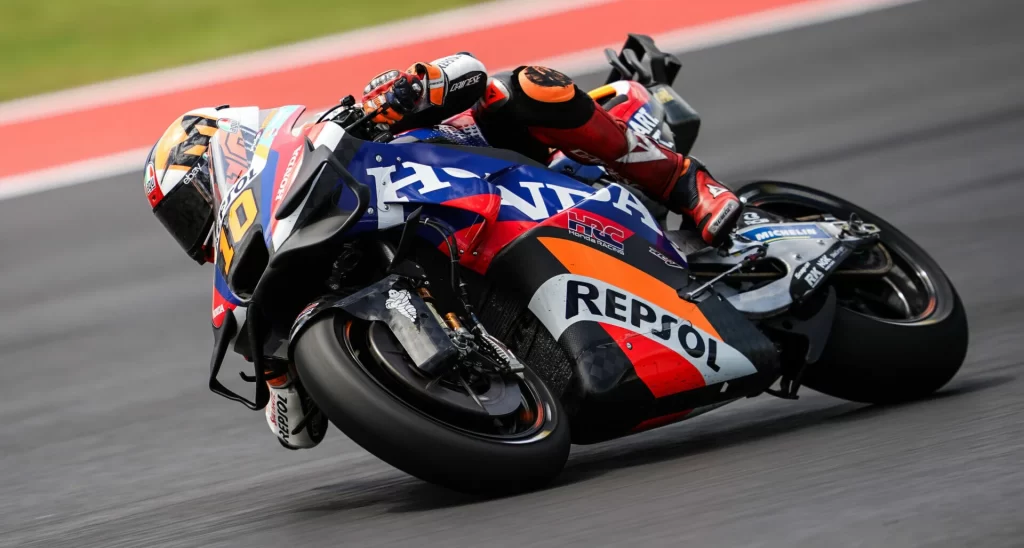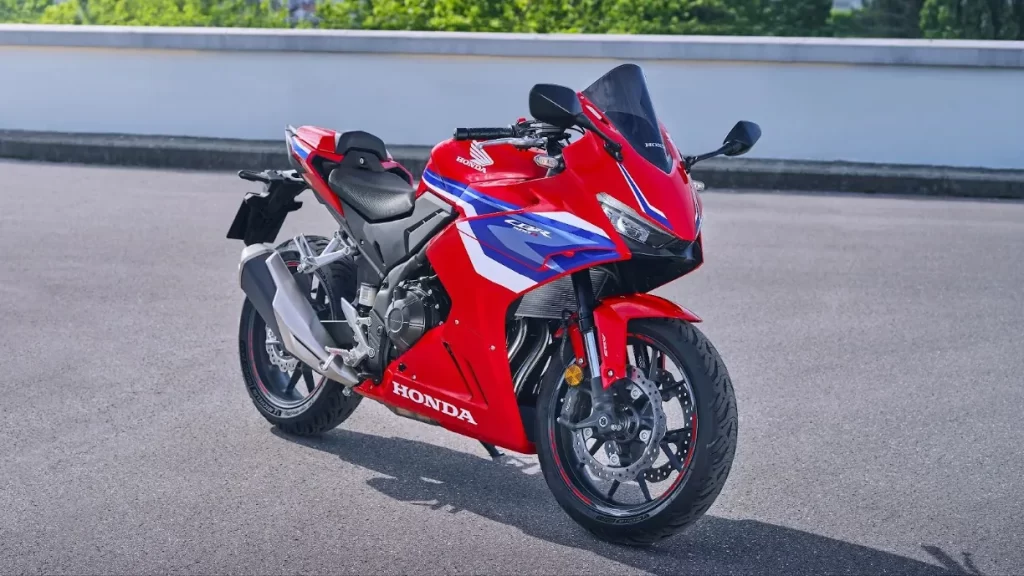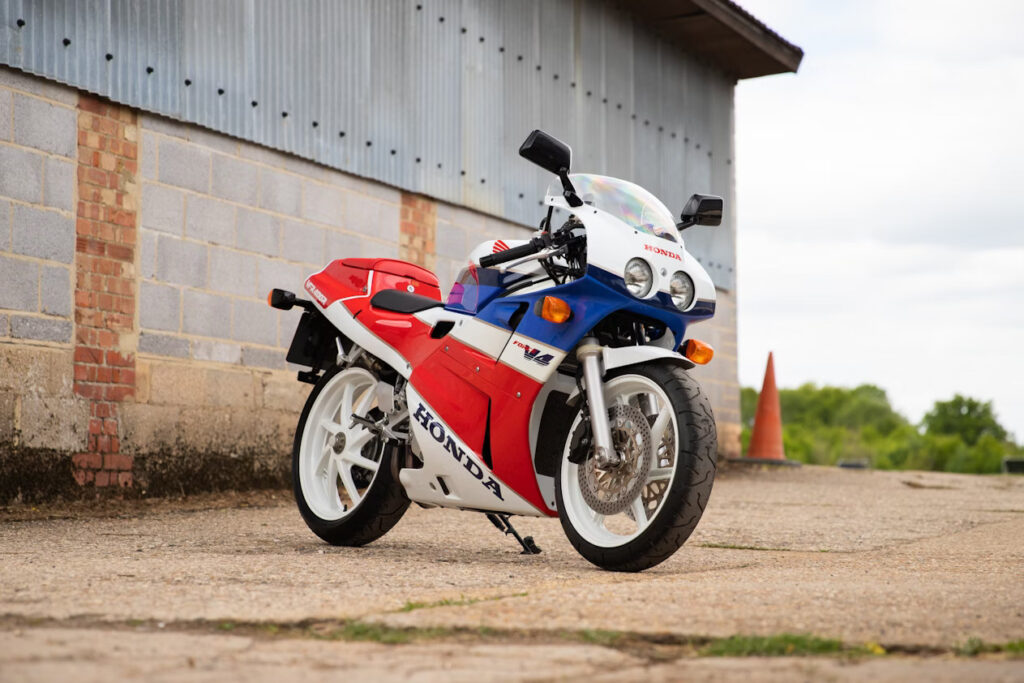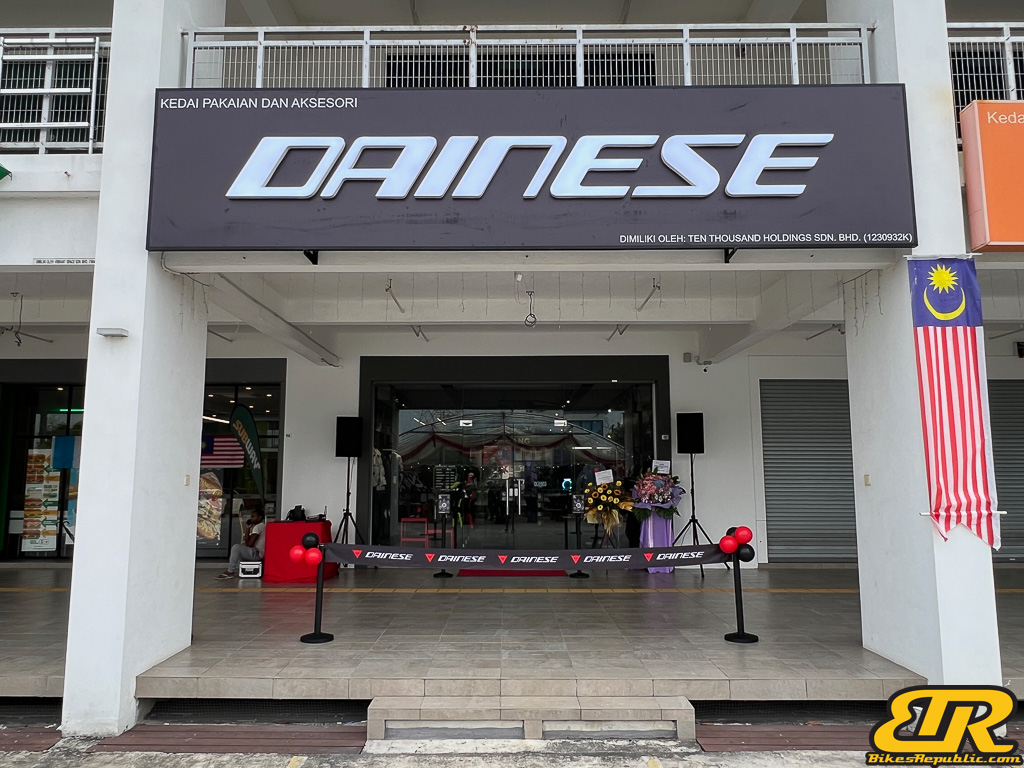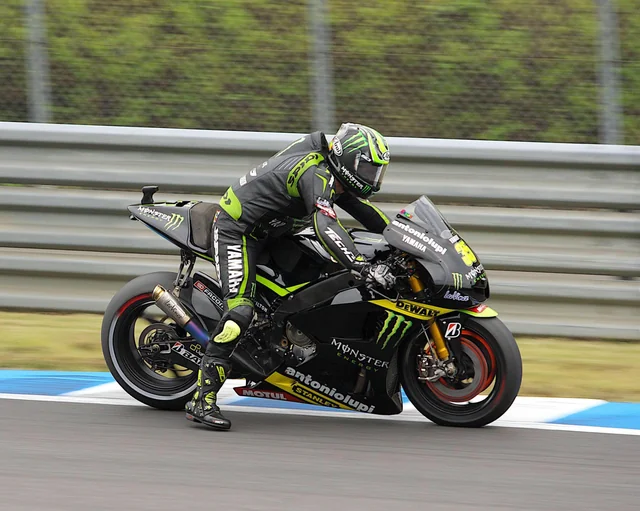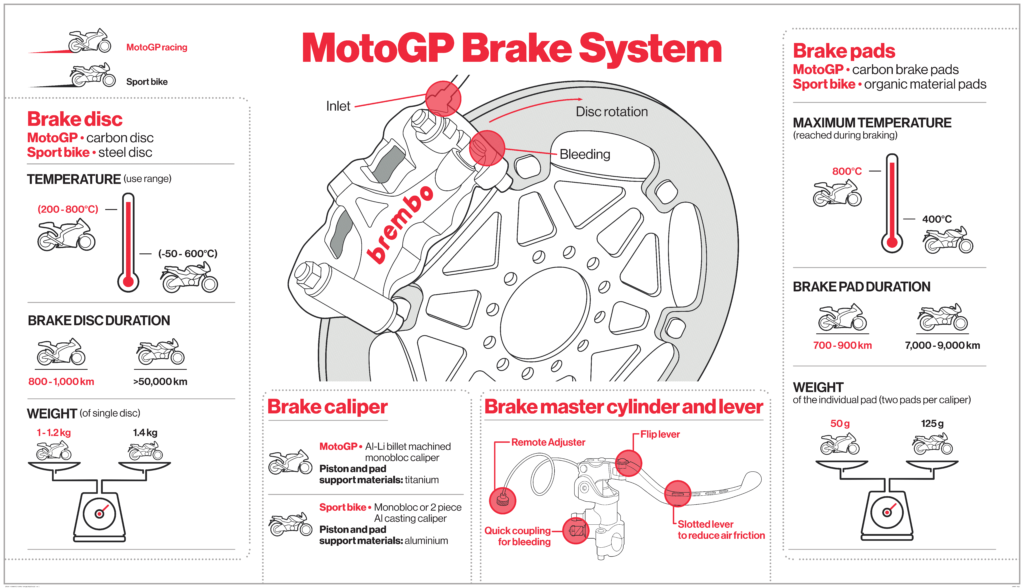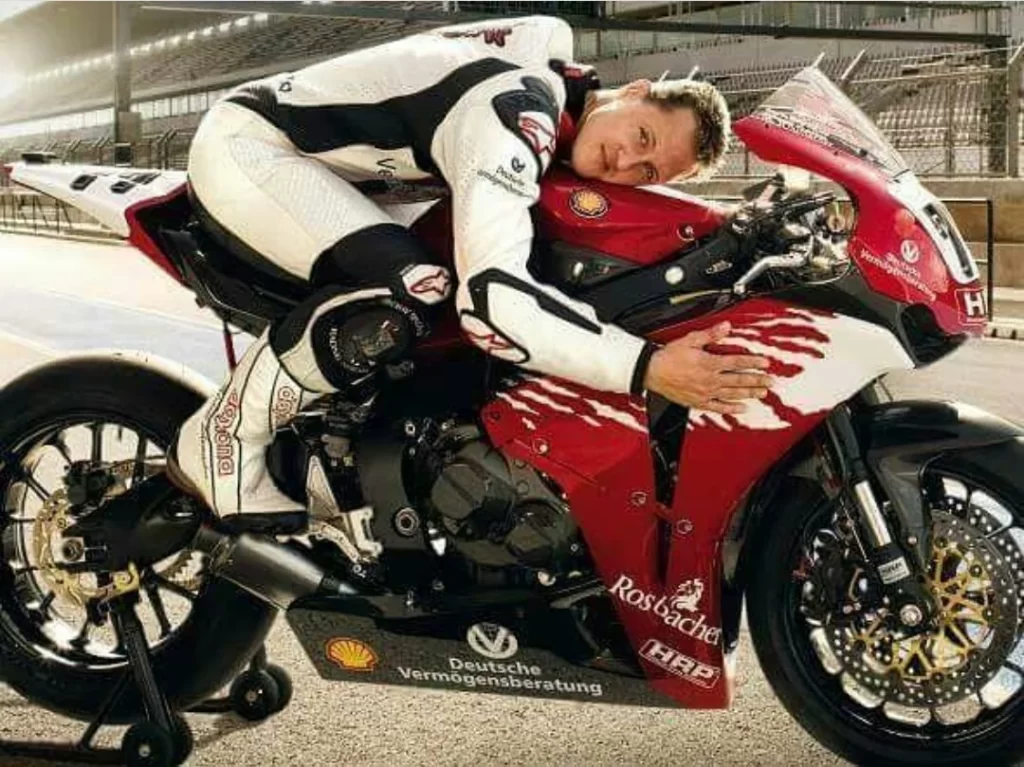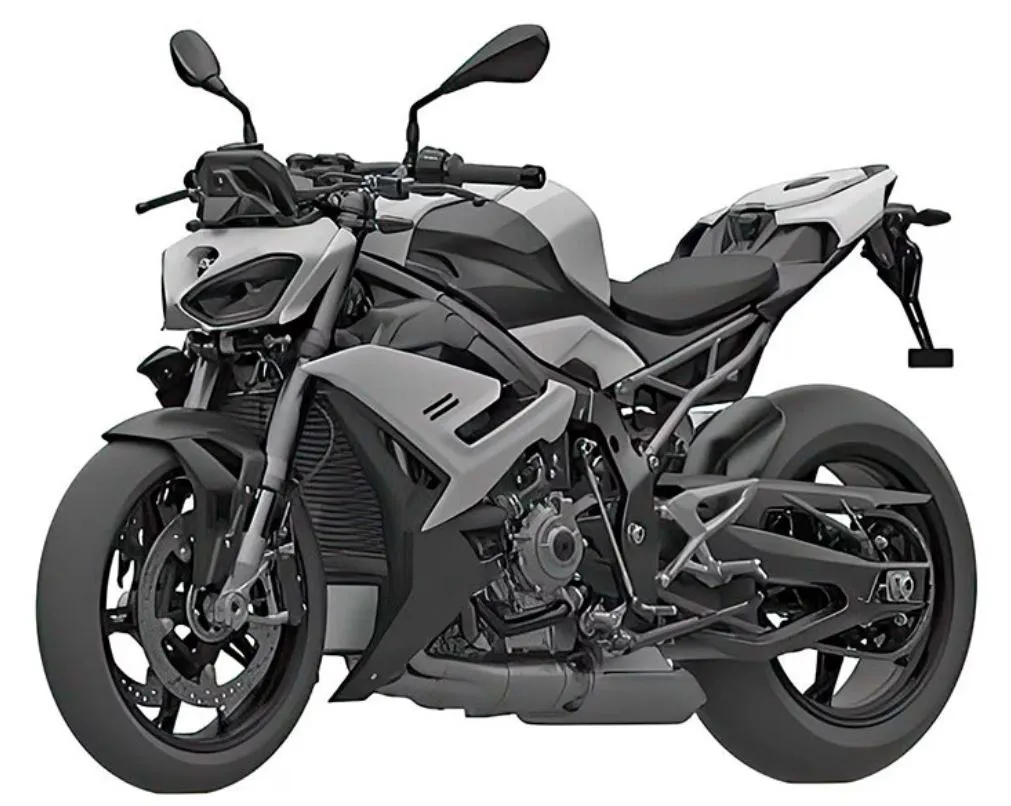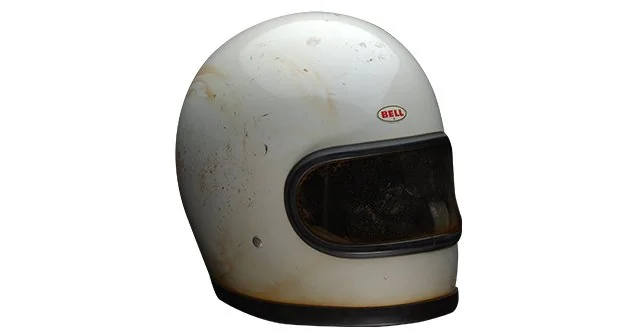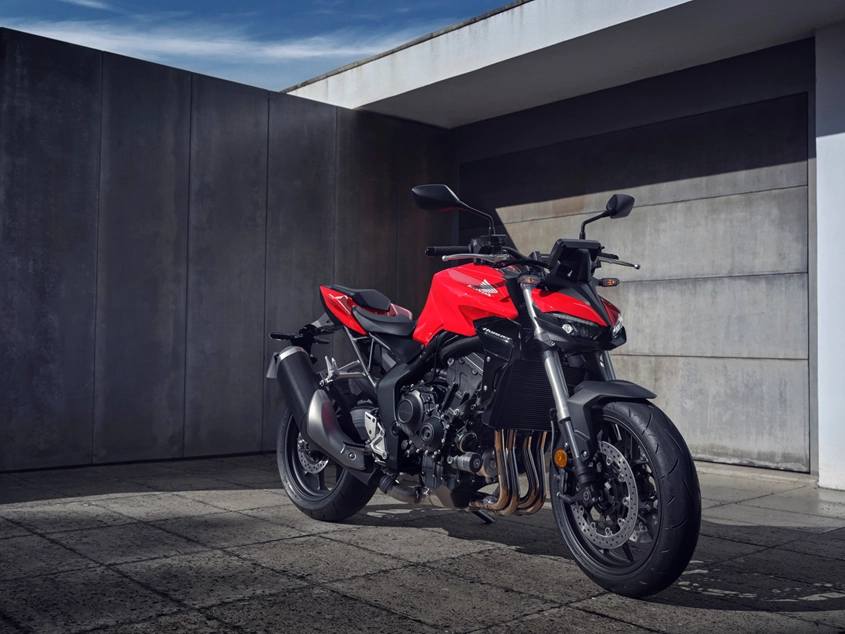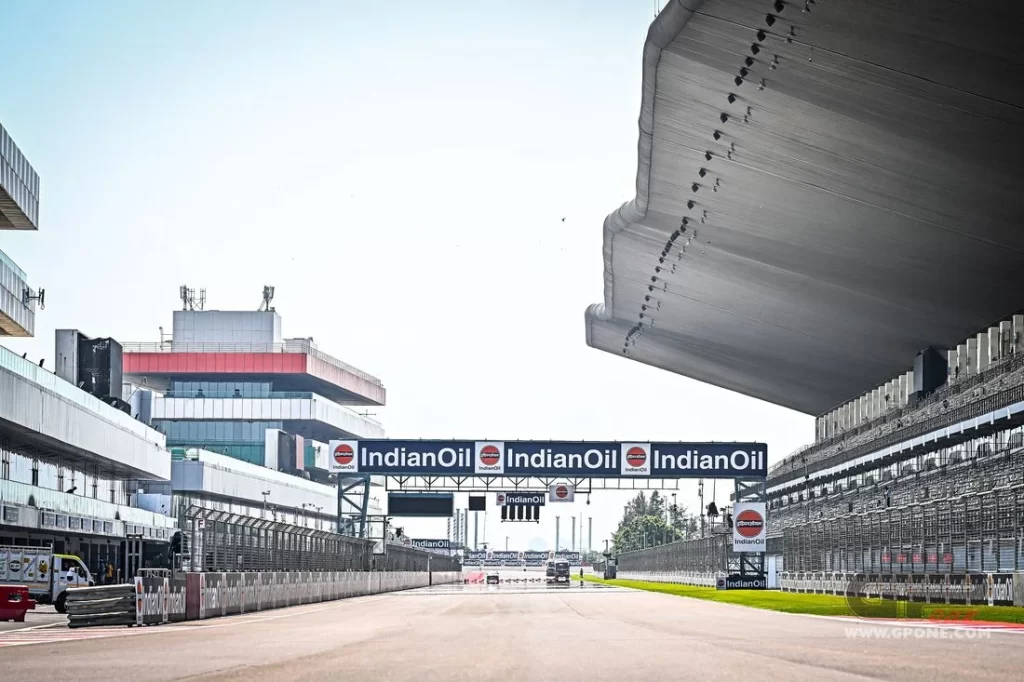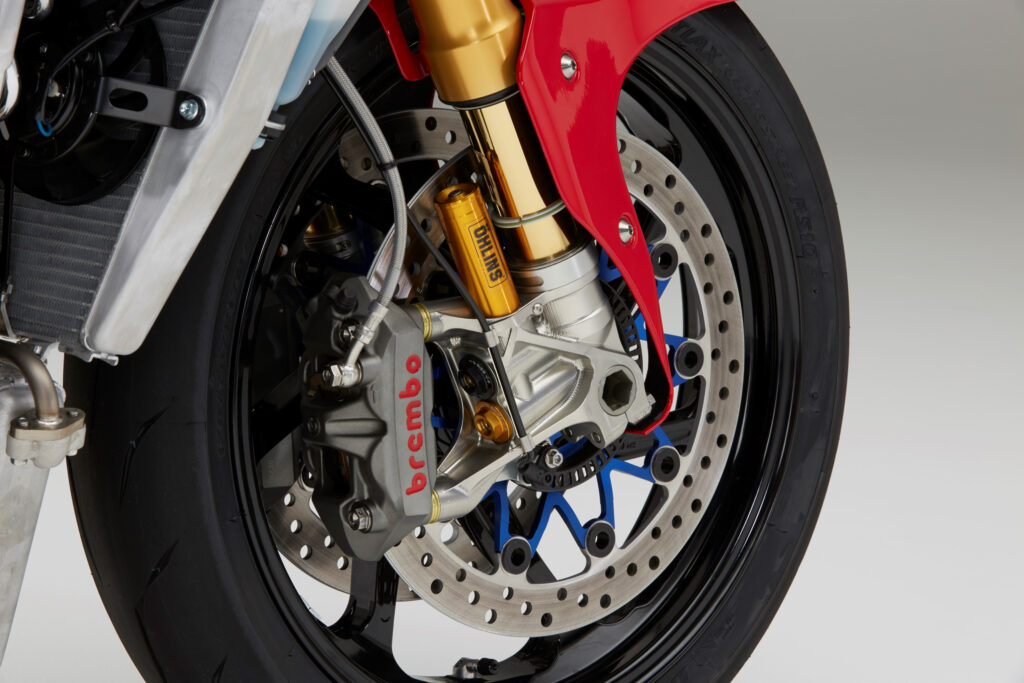Continuing with the series, we move on to the terms beginning with the letter “F.”
Fairing: The protective bodywork of plastic, fiberglass, or carbon fibre shells surrounding the motorcycle’s front end, including the handlebars, windscreen, and headlight. Fairings reduce wind resistance and provide aerodynamic benefits, especially at higher speeds.
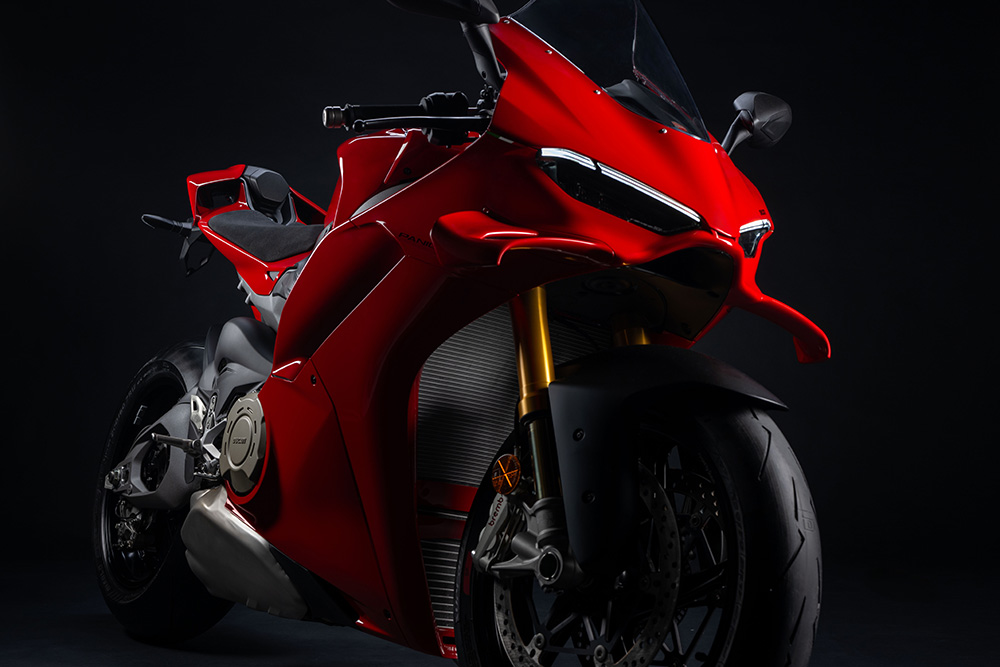
Fatigue: A term describing the tendency of a material or part to fail under repeated use. Also for an extremely tired rider.
Feathering the Brake: Feathering the brake refers to gently applying the brakes on a motorcycle. Instead of abruptly grabbing the brake lever, the rider applies gradual pressure to modulate the braking force. Feathering the brake allows for a smoother and more controlled deceleration, especially when precise speed adjustments are needed, such as navigating tight turns or approaching a stop.

Flog/Flogging: A slang term referencing riding a motorcycle aggressively.
Flow: The movement of gasses and liquids. Also describes when a motorcyclist is riding smoothly, effortlessly.
Flywheel: Rotating weight used to dampen engine vibration or designed to improve the machine’s smooth operation between power strokes.

Footpeg/Footrest: Footpegs or footrests are part of a motorcycle where riders place their feet while riding. Footpegs are located on both sides of the motorcycle frame and provide support and stability for the rider’s feet. Some can be adjusted to accommodate different riding positions and preferences.

Fork: The front suspension system and assembly supporting the front wheel. It is responsible for absorbing impacts from the road, helping the front tyre to provide consistent traction, and contributing to the motorcycle’s overall handling and ride quality. Forks may look the same overall, but there are many technologies involved.
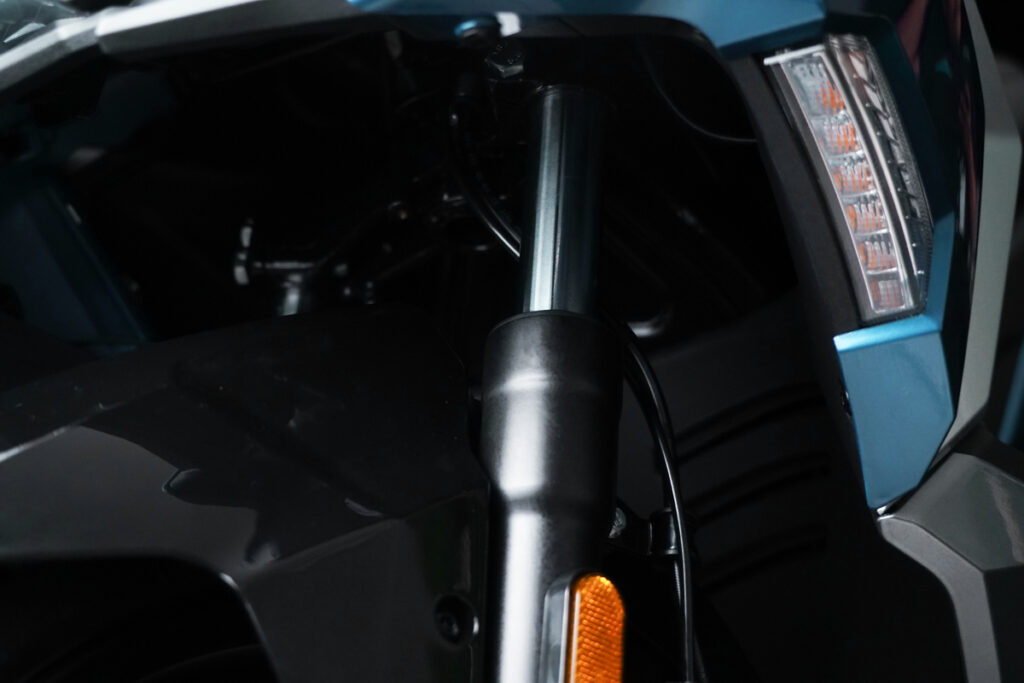
Four-Season Gear: Four-Season Gear: Four-Season Gear refers to specialized riding gear designed to provide protection and comfort to motorcycle riders and their passengers throughout the year, regardless of weather conditions. This gear is precisely engineered to withstand various weather elements and keep riders and pillions safe and comfortable during different seasons.
Frankenbike: A bike composed of parts from many motorcycles with no discernible make. It could be junk or a very nice, cobbled-together custom bike.




